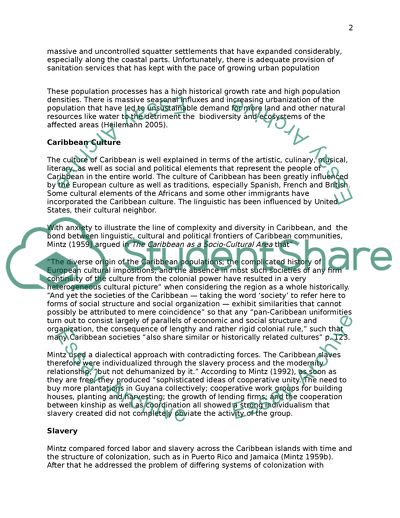Cite this document
(The Caribbean Community Case Study Example | Topics and Well Written Essays - 3500 words, n.d.)
The Caribbean Community Case Study Example | Topics and Well Written Essays - 3500 words. https://studentshare.org/anthropology/1835355-caribbean-sociocultural-area
The Caribbean Community Case Study Example | Topics and Well Written Essays - 3500 words. https://studentshare.org/anthropology/1835355-caribbean-sociocultural-area
(The Caribbean Community Case Study Example | Topics and Well Written Essays - 3500 Words)
The Caribbean Community Case Study Example | Topics and Well Written Essays - 3500 Words. https://studentshare.org/anthropology/1835355-caribbean-sociocultural-area.
The Caribbean Community Case Study Example | Topics and Well Written Essays - 3500 Words. https://studentshare.org/anthropology/1835355-caribbean-sociocultural-area.
“The Caribbean Community Case Study Example | Topics and Well Written Essays - 3500 Words”. https://studentshare.org/anthropology/1835355-caribbean-sociocultural-area.


